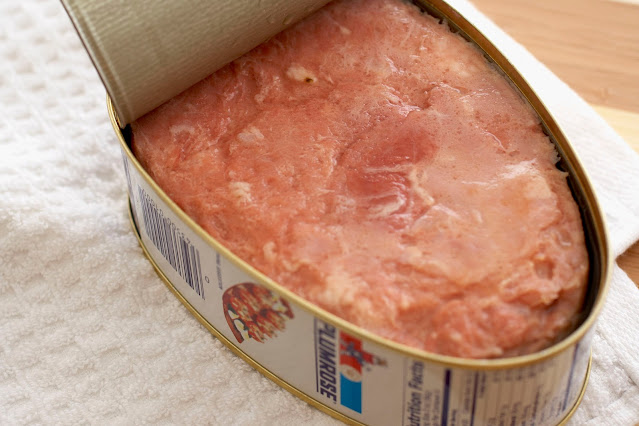Selection and Trimming: Pork cuts, typically from the hind leg, are selected and trimmed of excess fat and connective tissue.
Brining: The trimmed pork is soaked in a brine solution that typically contains water, salt, sugar, and various seasonings. This brining process helps enhance flavor, improve texture, and preserve the meat.
Curing: After brining, the pork may undergo curing, which involves the addition of curing agents like sodium nitrate or nitrite to inhibit bacterial growth and give the ham its characteristic pink color.
Cooking and Smoking: The ham is then cooked, either by boiling, baking, or smoking, until it reaches the desired internal temperature for food safety and flavor development.
Canning: Once cooked, the ham is placed in cans along with any accompanying liquid, such as broth or gelatin, to preserve its moisture and flavor.
When it comes to simple things to do with canned ham, here are a few ideas:
Sandwiches: Slice the canned ham and use it as a filling in sandwiches. Add some cheese, lettuce, and condiments for a quick and easy meal.
Salads: Cube or dice the canned ham and add it to salads, such as chef salads or pasta salads, to add protein and flavor.
Quiches or Frittatas: Incorporate canned ham into quiches or frittatas by combining it with eggs, vegetables, and cheese for a hearty and satisfying dish.
Casseroles: Use canned ham as an ingredient in casseroles, such as scalloped potatoes and ham or ham and cheese casserole, for a comforting and flavorful meal.
Regarding its healthiness, canned ham, like any processed meat product, should be consumed in moderation. It typically contains high amounts of sodium and may have additives and preservatives. Additionally, some canned hams may have added sugars or other ingredients, so it's essential to read the nutrition labels and choose options that align with your dietary preferences and restrictions.
If you have specific health concerns or dietary restrictions, it's advisable to consult with a healthcare professional or nutritionist who can provide personalized guidance.
Source: Some or all of the content was generated using an AI language model


No comments:
Post a Comment